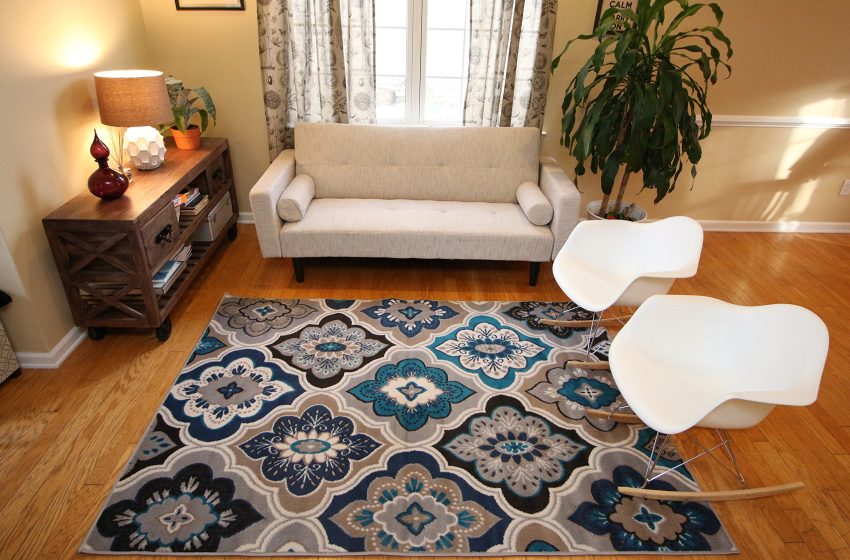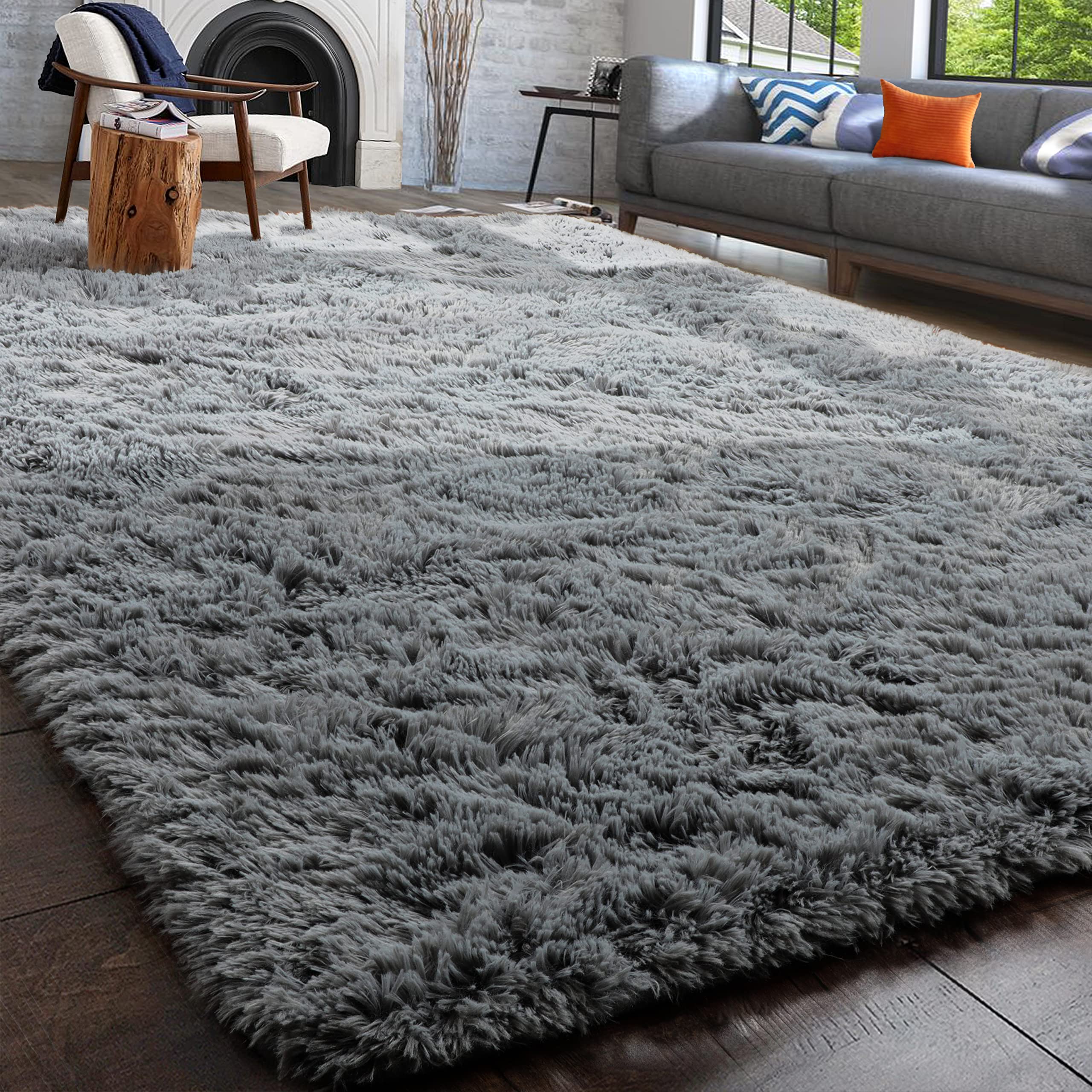DIY Rug Placement and Arrangement Tips

Rugs are more than just decorative pieces; they are functional art that can transform the look and feel of any room. Properly placed and arranged, a rug can define spaces, add warmth, and even create a sense of harmony in your home.
Here’s a comprehensive guide to help you master the art of DIY rug placement and arrangement.
At My Rug World, we curate a diverse collection of elegant rugs meticulously sourced from around the globe, ensuring that each rug tells a unique story and reflects the rich tapestry of cultures worldwide.
Whether you’re seeking a statement piece to anchor your living room, a cozy addition to your bedroom, or a functional yet stylish accent for your hallway, our extensive selection has something to suit every taste and decor style.
Explore our online store and embark on a journey through a world of beauty, luxury, and endless possibilities with My Rug World.
1. Understanding the Basics of Rug Placement
Before diving into specific tips, it’s essential to understand a few basic principles of rug placement:
-
Size Matters: The size of your rug should complement the size of the room and the furniture arrangement. A rug that’s too small can make a room feel disjointed, while an overly large rug can overwhelm the space.
-
Functionality: Consider how the room is used. High-traffic areas may require durable materials, while a bedroom rug might prioritize comfort.
-
Focal Points: Rugs can highlight key areas, such as seating arrangements, dining spaces, or the bed in a bedroom.
2. Living Room Rug Placement
The living room is often the heart of the home, and the right rug can anchor your furniture and define the space.
All Furniture On the Rug
For a cohesive look, place all the furniture legs on the rug. This works well in larger living rooms and open floor plans. Ensure there is at least 6-12 inches of floor visible around the rug’s edges.
Front Legs On the Rug
In smaller spaces or for a more budget-friendly option, place just the front legs of the furniture on the rug. This creates a unified feel without the need for a massive rug.
Coffee Table Focus
For a minimalist approach, use a smaller rug that only encompasses the coffee table and possibly the front legs of surrounding seating. This can be particularly effective in modern or minimalistic designs.
3. Dining Room Rug Placement
A rug in the dining room should not only enhance the aesthetic but also accommodate the functionality of the space.
Size and Shape
The rug should extend at least 24 inches beyond the edges of the table to allow chairs to be pulled out without catching on the rug. For round tables, a round rug often works best, while rectangular or oval tables pair well with similarly shaped rugs.
Durability
Choose a durable, easy-to-clean rug, as dining rooms are prone to spills and stains. Low-pile or flatweave rugs are ideal.
4. Bedroom Rug Placement
Rug placement in the bedroom can add comfort and warmth, making your personal space feel cozy and inviting.
Under the Bed
Place a large rug under the bed, extending out on all sides. Ideally, the rug should cover at least two-thirds of the bed’s length and width. This arrangement provides a soft landing for your feet in the morning.
At the Foot of the Bed
If you have a smaller rug, place it horizontally at the foot of the bed. This can add texture and interest without the need for a massive rug.
Bedside Rugs
For a more affordable option, use small runners or area rugs on either side of the bed. This adds warmth and texture while allowing you to keep your main floor space clear.
5. Hallway and Entryway Rug Placement
Hallways and entryways benefit from rugs that add warmth and guide guests through your home.
Runners
Long, narrow runners are perfect for hallways. Ensure the rug leaves a few inches of visible floor on either side for a balanced look.
Entryway
In entryways, a durable, easy-to-clean rug can catch dirt and moisture from shoes. The rug should be large enough to cover the main traffic area but small enough to avoid creating a tripping hazard.
6. Layering Rugs
Layering rugs can add depth, texture, and a touch of creativity to your decor.
Start with a Neutral Base
Begin with a large, neutral rug as your base. This provides a foundation for more colorful or patterned top layers.
Add Contrast
Place a smaller, more decorative rug on top. Ensure there is enough contrast in color, texture, or pattern to make the layering intentional and visually appealing.
Experiment with Angles
Don’t be afraid to place the top rug at an angle for a dynamic, modern look. This can break up rigid lines and add a sense of movement.
7. Outdoor Rug Placement
Outdoor rugs can transform patios, decks, or balconies into stylish, comfortable living areas.
Define Spaces
Use rugs to define different outdoor areas, such as dining or lounging zones. Ensure the rug is large enough to encompass the main furniture pieces in each space.
Weather-Resistant Materials
Choose rugs made from weather-resistant materials that can withstand the elements. Synthetic fibers like polypropylene are ideal for outdoor use.
8. Common Rug Placement Mistakes to Avoid
Even with the best intentions, it’s easy to make mistakes when placing and arranging rugs. Here are some common pitfalls to watch out for:
Choosing the Wrong Size
A rug that is too small for the space can make the room feel disjointed. Always measure your area and consider furniture placement before purchasing a rug.
Ignoring Rug Pads
Rug pads not only provide additional comfort but also prevent slipping and extend the life of your rug. They are especially important for high-traffic areas.
Clashing Patterns
While mixing patterns can be stylish, too many conflicting patterns can overwhelm a space. Balance bold designs with neutral, solid-colored rugs.
Neglecting Maintenance
Regular cleaning and maintenance are crucial for keeping your rugs looking their best. Vacuum regularly and address spills promptly to prevent stains.
9. Final Tips for Perfect Rug Placement
Achieving perfect rug placement involves a mix of creativity, practicality, and a keen eye for design.
-
Experiment: Don’t be afraid to try different arrangements and placements. Sometimes, the best setup comes from a bit of trial and error.
-
Balance: Ensure there is a sense of balance in the room. The rug should complement the furniture and overall decor, not compete with it.
-
Personal Style: Ultimately, your rug placement should reflect your personal style and the way you use your space. Trust your instincts and have fun with the process.
Conclusion
Rug placement and arrangement are integral parts of interior design that can significantly impact the ambiance and functionality of your home. By considering factors such as size, placement, and material, you can create a cohesive and inviting space that reflects your personal style.
Whether you’re layering rugs for added texture or strategically placing them to define areas, these DIY tips will help you achieve the perfect look for any room. Happy decorating!



